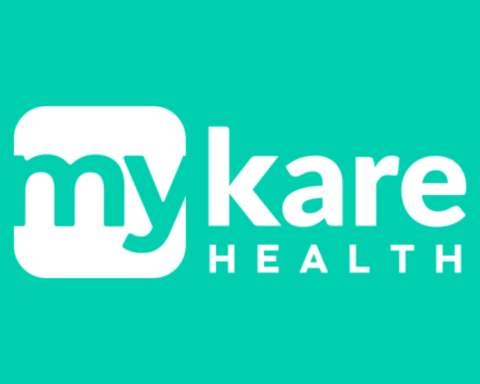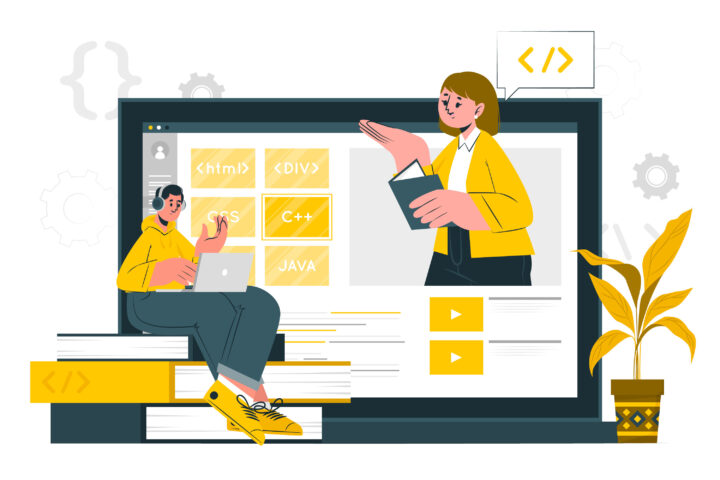In the dynamic world of e-commerce, WooCommerce stands out as a versatile and powerful platform for building online stores on WordPress. Its popularity stems from its flexibility and extensibility, offering a wide range of features out of the box while allowing users to enhance functionality through plugins. For businesses with unique needs or specific requirements, WooCommerce plugin development opens up a world of possibilities. In this comprehensive guide, we’ll explore everything you need to know about mastering WooCommerce plugin development, from understanding the fundamentals to implementing best practices and strategies for building custom solutions that elevate your online store.
Understanding the Foundations of WooCommerce Plugin Development
To embark on your journey of WooCommerce plugin development, it’s crucial to grasp the core concepts that underpin the platform’s architecture. WooCommerce follows the WordPress plugin model, leveraging actions, filters, and hooks to modify and extend functionality. These concepts serve as the building blocks for developing custom solutions tailored to your business needs. Additionally, familiarizing yourself with the WooCommerce data structure and API will provide insights into how to interact with and manipulate store data programmatically.
Navigating the WooCommerce Plugin Development Environment
Before diving into plugin development, it’s essential to set up a conducive development environment. Local development environments, such as those provided by tools like Local by Flywheel or Docker, offer a sandbox for testing and iterating your plugins without impacting your live store. Additionally, selecting the right development tools, such as code editors, version control systems, and debugging tools, will streamline the development process and improve efficiency.
Building Custom WooCommerce Plugins: Best Practices and Strategies
-
Defining Plugin Scope and Objectives: Before writing a single line of code, clearly define the scope and objectives of your plugin. Consider the specific functionality you want to add or enhance and how it aligns with your business goals. Documenting the WooCommerce extension development plugin’s requirements and desired outcomes will serve as a roadmap throughout the development process.
-
Implementing Secure Coding Practices: Security should be a top priority when developing WooCommerce plugins. Follow best practices for secure coding, such as data validation, sanitization, and escaping, to mitigate common vulnerabilities like SQL injection and cross-site scripting (XSS). Additionally, stay informed about emerging security threats and implement measures to safeguard your plugins against potential attacks.
-
Optimizing Performance: Performance optimization plays a crucial role in delivering a seamless user experience. Minimize database queries, optimize frontend assets, and leverage caching mechanisms to reduce page load times and improve responsiveness. Conduct performance testing to identify bottlenecks and optimize your plugin’s code for optimal performance.
-
Testing and Quality Assurance: Rigorous testing is essential to ensure your plugin functions as intended across different environments and scenarios. Implement unit tests, integration tests, and user acceptance tests to validate functionality, compatibility, and usability. Address any bugs or issues promptly to deliver a reliable and stable plugin to your users.
Deploying and Managing Custom WooCommerce Plugins
-
Packaging and Distribution: Once your plugin is ready for deployment, package it into a distributable format (e.g., zip file) and include documentation, license information, and installation instructions. Choose a distribution channel that aligns with your goals, whether it’s the WordPress.org plugin repository, third-party marketplaces, or direct sales through your website.
-
Providing Ongoing Support and Maintenance: Offer ongoing support and maintenance for your plugins to ensure they remain functional and compatible with future WooCommerce and WordPress updates. Establish communication channels for user feedback, bug reports, and feature requests, and provide timely updates and patches as needed.
-
Monitoring and Analytics: Monitor the performance and usage of your plugins using analytics tools and monitoring solutions. Gather insights into user behavior, plugin performance, and potential areas for improvement to inform future development efforts and enhancements.
Conclusion
WooCommerce plugin development offers endless opportunities for businesses to customize and enhance their online stores. By mastering the art of building custom solutions, you can address specific business needs, differentiate your store from competitors, and provide unparalleled value to your customers. Embrace the challenge, hone your skills, and embark on a transformative journey to elevate your WooCommerce store to new heights of success. With a solid understanding of the fundamentals, best practices, and strategies outlined in this guide, you’ll be well-equipped to navigate the complexities of WooCommerce plugin development and build innovative solutions that propel your online store to success.















